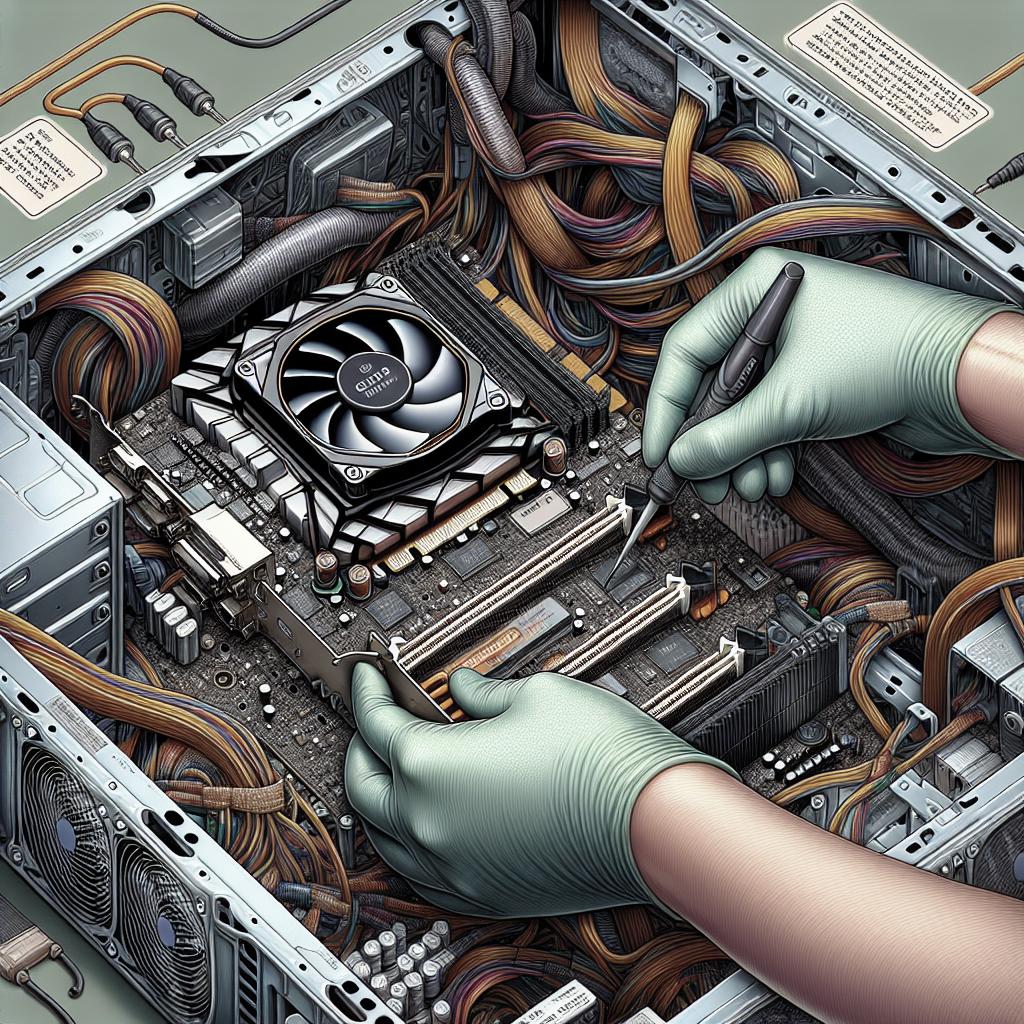Grounding Yourself Against Static Electricity
Static electricity might seem like a minor nuisance, but its effects can be surprisingly widespread—from sparking tiny shocks to potentially damaging delicate electronic devices. Understanding how static electricity works and taking steps to ground yourself is crucial, especially in environments with sensitive equipment. In this article, we’ll explore the science behind static electricity, the consequences it poses, and effective methods to reduce or eliminate static build-up in your everyday life. Whether you’re working in an office environment or simply seeking to enhance your personal comfort, the information provided can help minimize the disruption caused by static electricity.
1: Understand What Static Electricity Is
Static electricity is the result of an imbalance between positive and negative charges in objects. The charge imbalance can build up when two different materials come into contact, and then separate, causing electrons to transfer from one material to the other. When a charged item touches a conductor—like metal or another person—the excess electrons jump, creating a small spark or shock.
This phenomenon is common in dry environments or during the winter months when humidity is low, and the air is less conducive to conducting electricity. Synthetic materials like rubber or certain plastics have a propensity to hold charges, further contributing to the problem. Understanding these basics is essential for implementing effective grounding solutions to minimize disruptions in both personal and professional settings.
2: The Impact of Static Electricity
While static electricity shocks are generally harmless, they can be uncomfortable and startling. In more serious scenarios, such surges can potentially harm sensitive electronic devices by short-circuiting or corrupting data. This risk is particularly troublesome in workplaces where expensive equipment is in use. Electronics manufacturing facilities often institute stringent grounding protocols to protect their investments.
Additionally, static electricity can contribute to an accumulation of dust and lint on surfaces and devices, which can lead to hygiene issues and operational inefficiencies. Understanding the various implications of static electricity in both personal and professional areas can motivate individuals to take preventative measures to mitigate its effects.
3: Methods to Ground Yourself
Grounding yourself is a simple yet effective method to manage static electricity. One of the easiest ways to do this is by using a grounding wrist strap connecting you physically to a grounding source, such as a metal table or a wall outlet. This method is especially useful for those working with open-circuit devices in electronics labs.
For home environments, consider installing a humidifier to add moisture to the air, diminishing the likelihood of static build-up. Wearing natural fiber clothing over synthetic alternatives can also reduce the chances of carrying a charge. Additionally, regularly applying anti-static sprays in key areas helps neutralize existing charges. Implementing these practical measures can substantially lower static electricity’s impact, ensuring greater safety and comfort.
4: Practical Tips for Reducing Static
There are numerous everyday tactics to reduce static electricity in your immediate environment. Start by carrying an anti-static spray or dryer sheets, which can help quickly discharge surfaces and fabrics prone to static buildup. Moreover, spraying your carpet and upholstered furniture with a mixture of water and fabric softener can significantly lessen static accumulation.
Regularly moisturizing your skin is another surprisingly effective method as dry skin increases static build-up. By maintaining well-hydrated skin, you lessen the risk of uncomfortable shocks, contributing to a more pleasant and safer environment. Simple conscientiousness regarding the materials and conditions in your surroundings can go a long way toward controlling static electricity issues.
5: Precautionary Measures in Workspaces
In work environments where static electricity is a potential hazard, establishing company-wide protocols is essential. Employers can set guidelines that include wearing anti-static footwear, ensuring that flooring materials in high-risk areas are conductive and that electronic devices are equipped with built-in static protection.
Regular audits and staff training can reinforce the importance of static management, ensuring no aspect is overlooked during occupational routines. Moreover, workplaces can benefit from installing anti-static mats and ensuring connections to ground earth points for equipment throughout the office. Integrating these measures can save businesses from the costly disruptions and damages caused by unmanaged static electricity.
Rate this article
Your feedback is valuable to us. Please let us know how beneficial you found this article by rating it on a scale from 1 (not useful) to 5 (very useful).
Thanks for your feedback
We appreciate the time you took to give us feedback. We continually strive to provide content that is useful and insightful, and your responses help guide us in achieving that goal.
Tell us more
If you have additional comments or suggestions regarding this topic, feel free to reach out to us through our contact page. Your insights help us tailor our content to better serve our readers’ needs.
More articles on Computer Hardware Troubleshooting
Interested in learning more about keeping your hardware running smoothly? Check out our related articles on common computer problems and how to fix them for a new level of hardware proficiency.
Are you sure you want to delete your contribution?
Before you delete your contribution, make sure it won’t affect any ongoing discussions or project dependencies. If you’re certain, follow the outlined procedure to remove it safely.
Are you sure you want to delete your reply?
Deleting your reply will remove it from the conversation. Ensure that it doesn’t contain any vital information before proceeding with this action.
Final Thoughts
| Section | Summary |
|---|---|
| Understanding Static Electricity | Describes the nature and basic science behind static electricity. |
| The Impact of Static Electricity | Outlines the potential effects and implications of static electricity, including the risk to electronics and cleanliness issues. |
| Methods to Ground Yourself | Covers various grounding techniques and tips to minimize static electricity for individuals at home or work. |
| Practical Tips for Reducing Static | Provides day-to-day strategies for reducing static buildup in personal environments. |
| Precautionary Measures in Workspaces | Discusses company-wide protocols and tools to mitigate static electricity in professional settings. |


